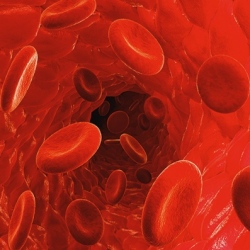
The device can draw around 0.15 cubic centimeters of blood, which is enough to test for things like cholesterol, infections, cancer cells and blood sugar, before being mailed off to a lab for analysis. The device is claimed to be so simple to use that patients can take their own blood samples.
HemoLink is designed as a low-cost, disposable device made from as few as six injection-molded plastic parts. Inside is a vacuum, which enables a small sample of blood to be drawn from tiny open channels into a small tube through a process known as capillary action. This process is made possible by forces that dictate the flow of tiny fluid streams, even against gravity.
"We see our specialty as people who need to test semi-frequently, or infrequently, to monitor cancer or chronic infectious diseases, for example," says Casavant. The money from DARPA will go toward advancing the preservation of the blood. The agency hopes to get to the point where they can stabilize the blood so it can survive for one week at 140° F (60° C). This would remove the need for expensive cold-chain transportation.
Tasso Inc. plans on applying to the US Food and Drug Administration for approval at the end of this year. If this eventuates, its benefits could be two-fold: easing the pain for needle-phobic patients and making healthcare cheaper and more accessible by eliminating countless trips to the doctor.
